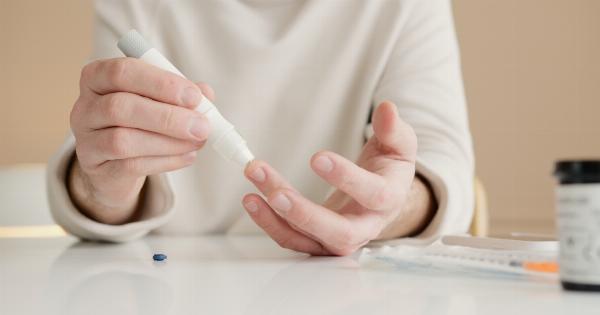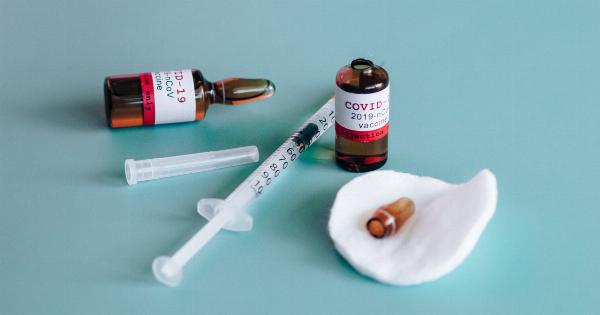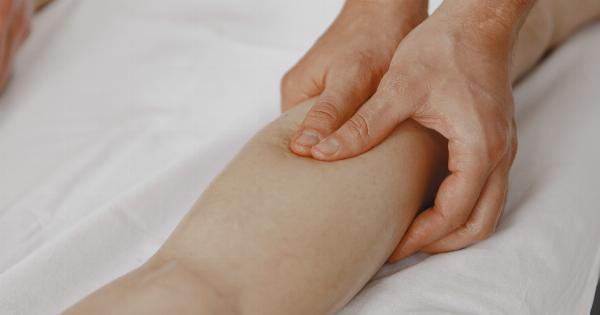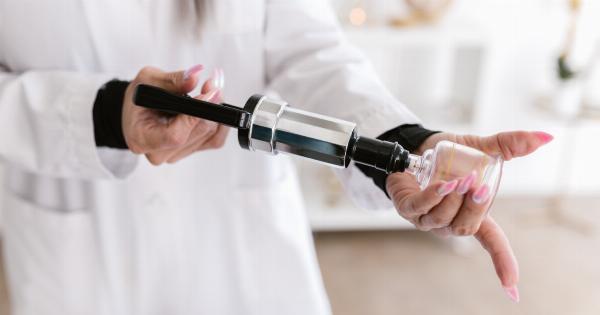The meniscus is a C-shaped rubbery cartilage that acts as a shock absorber and stabilizer in the knee joint. It plays a crucial role in protecting the joint surfaces from excessive wear and tear.
However, due to injury, aging, or certain medical conditions, the meniscus can become damaged or torn, causing pain, limited mobility, and difficulties in performing daily activities.
Understanding Meniscal Tears and their Impact
Meniscal tears are commonly seen among athletes, particularly those involved in high-impact sports or activities that require repetitive knee movements.
These tears can range from small, partial tears to large, complete tears that may significantly impair knee function. When left untreated, meniscal tears can lead to further joint damage, osteoarthritis, and chronic pain.
Traditional Treatment Options for Meniscal Tears
Historically, treatment options for meniscal tears have been limited to conservative measures such as rest, physical therapy, pain management, and activity modification.
In cases where non-surgical methods fail to provide relief, arthroscopic surgery, such as meniscectomy, is often performed. Meniscectomy involves trimming or removing the damaged portion of the meniscus to alleviate symptoms.
While meniscectomy can provide short-term relief, it often leads to long-term issues.
Without the full meniscus intact, the load distribution in the knee joint becomes imbalanced, which can accelerate joint degeneration and increase the risk of osteoarthritis. This highlights the need for more effective and durable treatment options for meniscal tears.
The Revolution of Meniscus Transplantation
Meniscus transplantation is a surgical procedure that aims to restore the structure and function of the damaged meniscus. It involves replacing the torn or missing meniscus with a donor meniscus graft, typically obtained from a deceased donor.
Although meniscus transplantation has been performed since the 1980s, advancements in surgical techniques and graft preservation have resulted in improved outcomes over the years.
The procedure is now less invasive, with smaller incisions, reduced surgical time, and faster recovery periods.
Evaluating Candidacy for Meniscus Transplantation
Not every person with a meniscal tear is a suitable candidate for meniscus transplantation. The procedure is recommended for individuals who meet certain criteria:.
1. Previous meniscectomy: Meniscus transplantation is most effective for individuals who have already undergone meniscectomy and continue to experience symptoms related to meniscal deficiency.
2. Absence of arthritis: The knee joint should not have severe arthritic changes, as transplantation is not beneficial in advanced cases of osteoarthritis.
3. Age and activity level: The procedure is suitable for younger, active individuals as they are more likely to benefit from the surgery. Older individuals or those with limited physical activity may not experience significant improvements.
4. Proper knee alignment: Optimal alignment of the knee joint is essential for successful meniscus transplantation. Any existing misalignment or instabilities may require corrective procedures before transplantation.
The Meniscus Transplantation Procedure
Meniscus transplantation is typically performed as an outpatient procedure under general anesthesia. The surgeon makes small incisions around the knee and uses arthroscopic techniques to access and assess the joint.
Once the damaged meniscus is removed, the donor meniscus is prepared. The graft is trimmed and shaped to fit the recipient’s knee, ensuring optimal placement and alignment.
The donor meniscus is then secured to the recipient’s knee using special sutures or fixation devices.
After the procedure, the patient is required to use crutches and wear a knee brace to protect the joint during the initial healing phase.
Physical therapy is an integral part of the recovery process, aiming to restore strength, range of motion, and functional capabilities.
Benefits and Outcomes of Meniscus Transplantation
Meniscus transplantation offers several benefits compared to traditional treatment options:.
1. Pain relief: Studies have shown that meniscus transplantation significantly reduces knee pain, allowing individuals to resume daily activities and sports participation with less discomfort.
2. Improved joint function: The restored meniscus improves joint stability, reduces the risk of further cartilage damage, and promotes smoother movement of the knee joint.
3.
Delayed onset of osteoarthritis: By preserving the natural biomechanics of the knee joint, meniscus transplantation can delay the onset of osteoarthritis and potentially avoid the need for more invasive procedures, such as total knee replacement, in the future.
Risks and Considerations
As with any surgical procedure, meniscus transplantation carries certain risks and considerations:.
1. Graft failure: In some cases, the transplanted meniscus may not fully integrate with the recipient’s knee, leading to graft failure. This can occur due to various factors, such as complications during surgery or inadequate rehabilitation.
2. Infection and inflammation: Like any surgical procedure, there is a risk of infection and inflammation. Proper post-operative care and adherence to prescribed medications can help mitigate these risks.
3. Restricted activities: While meniscus transplantation allows individuals to return to active lifestyles, certain high-impact activities may need to be avoided or modified to ensure the longevity of the transplant.
The Future of Meniscus Transplantation
Ongoing research and advancements in technology continue to improve the success rates and long-term outcomes of meniscus transplantation.
Studies are focused on refining graft selection, developing tissue engineering techniques to generate new menisci, and enhancing post-operative rehabilitation protocols.
With further advancements on the horizon, meniscus transplantation has the potential to become a more accessible and sustainable solution for individuals with meniscal tears, providing them with a new lease on an active and pain-free life.





























